Proper hood vent installation is essential for maintaining a clean and healthy kitchen environment. A well-functioning hood vent helps eliminate smoke, odors, and grease, keeping your kitchen fresh and reducing the risk of respiratory issues.
When considering hood vent installation, it’s crucial to understand the factors influencing the project’s cost. This comprehensive guide provides detailed insights into the various expenses associated with hood vent installation, helping you make informed decisions for your kitchen.
Cost of Vent Hood Installation
Cost to Replace a Vent Hood
Replacing an existing vent hood involves removing the old unit and installing a new one. The replacement cost can vary based on factors such as the type of hood, its features, and your location.
You can use online calculators considering project options and your zip code to estimate costs. Replacing a vent hood ranges from $321.45 to $709.99.
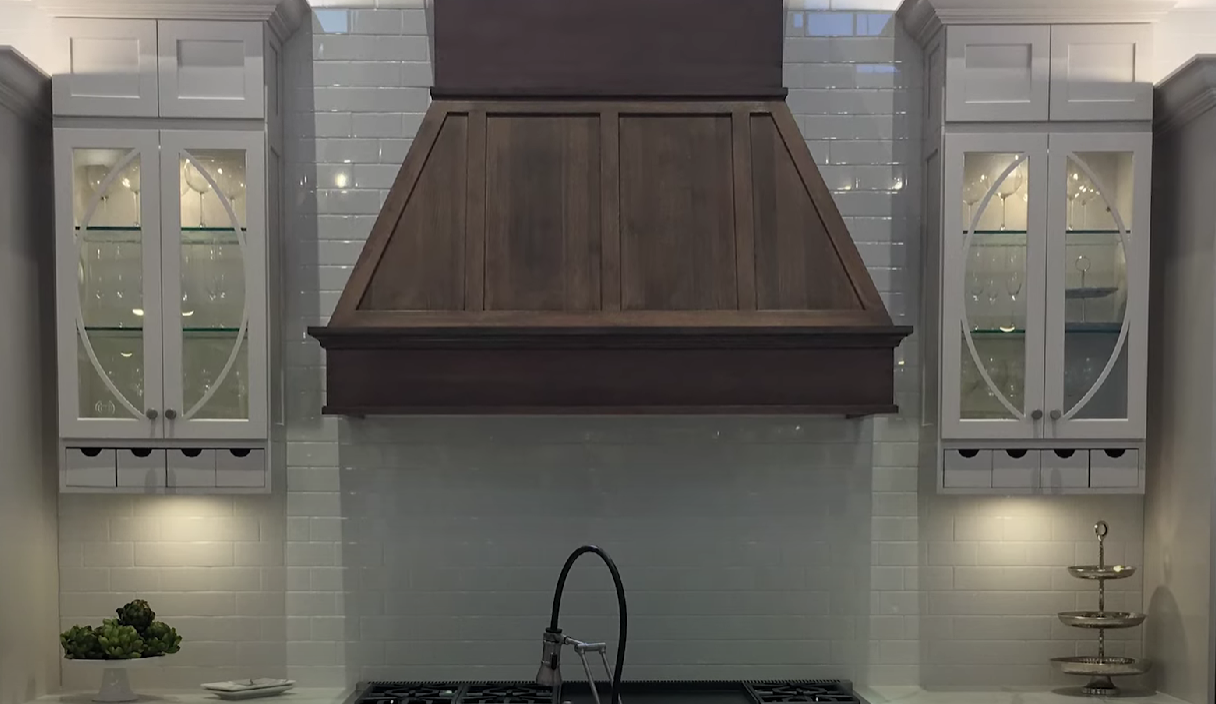
Here’s a table showcasing estimated costs for replacing a vent hood:
| Type of Hood Replacement | Estimated Cost Range |
| Basic Hood Replacement | $321.45 – $400 |
| Mid-range Hood Replacement | $400 – $600 |
| High-end Hood Replacement | $600 – $709.99 |
According to national averages, the cost of materials and labor per hood installation is approximately $495.58. The national cost range for labor and materials falls between $308.90 and $682.26.
Vent Hood Installation Cost
The vent hood installation cost depends on various factors, including location, materials used, and the contractor hired.
Installing a vent hood ranges from $400 to $1,500. This estimate includes both materials and labor. However, the average cost typically hovers around $750.
Labor Cost to Install a Vent Hood
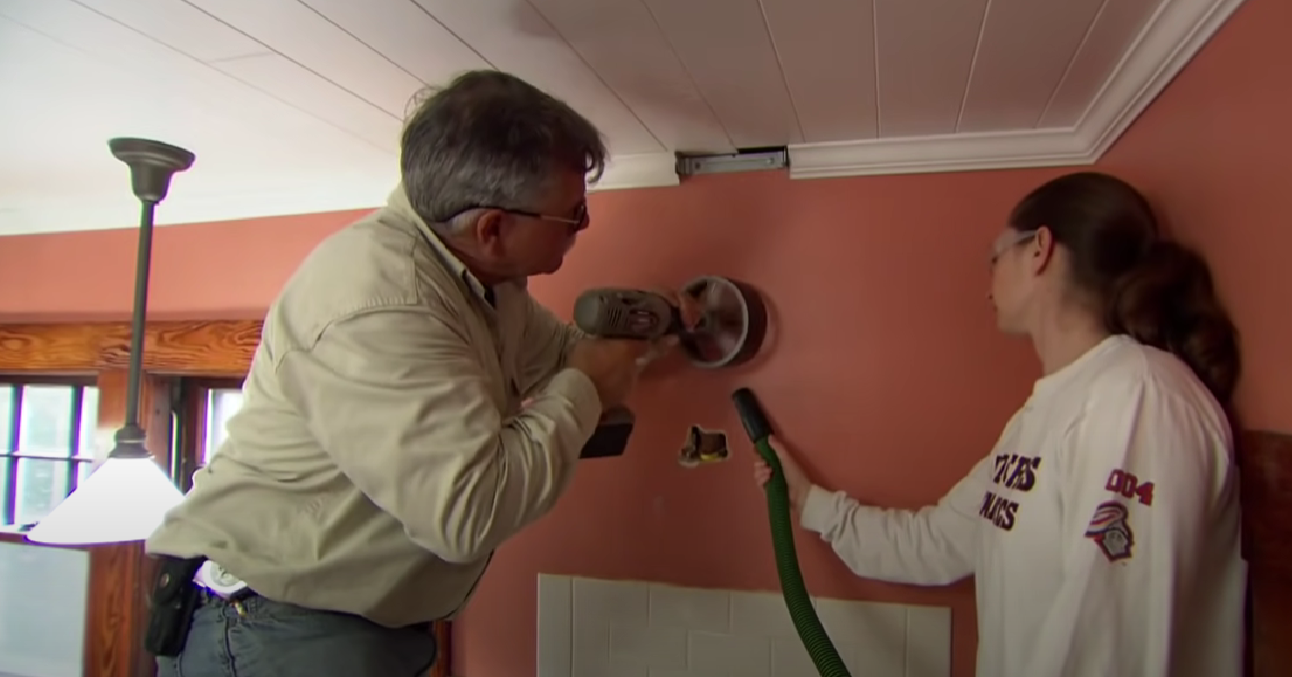
The labor cost for vent hood installation can vary based on the complexity of the job, the need for ductwork installation, and the use of high-end materials. Labor costs typically range from $200 to $1,000. Factors such as the location and the contractor’s expertise can also influence labor costs.
Hood System Installation Cost
The installation cost for a hood system includes factors such as the job’s complexity, the electrical work required, and any additional trip fees. The typical hourly rate for installing a hood system is between $50 and $100. Remember that the overall installation cost may vary depending on the specific requirements of your kitchen.
Additional Installation Costs
Range Hood Installation Cost
The cost of a new range hood can vary significantly based on the type and features. On average, you can expect to pay between $100 and $1,000 for a new range hood. However, additional costs may arise if ductwork installation or a makeup air system is needed.
Here’s a table showcasing estimated costs for different types of range hoods:
| Type of Range Hood | Estimated Cost Range |
| Under-cabinet Range Hood | $100 – $500 |
| Wall-mount Range Hood | $200 – $800 |
| Island Range Hood | $300 – $1,000 |
| Cabinet Insert Hood | $400 – $1,200 |
| Downdraft Hood | $800 – $2,000 |
Kitchen Exhaust Fan Installation Cost
Installing a kitchen exhaust fan takes 2 to 4 hours. Contractors typically charge an average hourly rate of $65 to $100 for their services. Additional considerations and costs may arise if you need to move existing exhaust vents to accommodate the new hood vent.
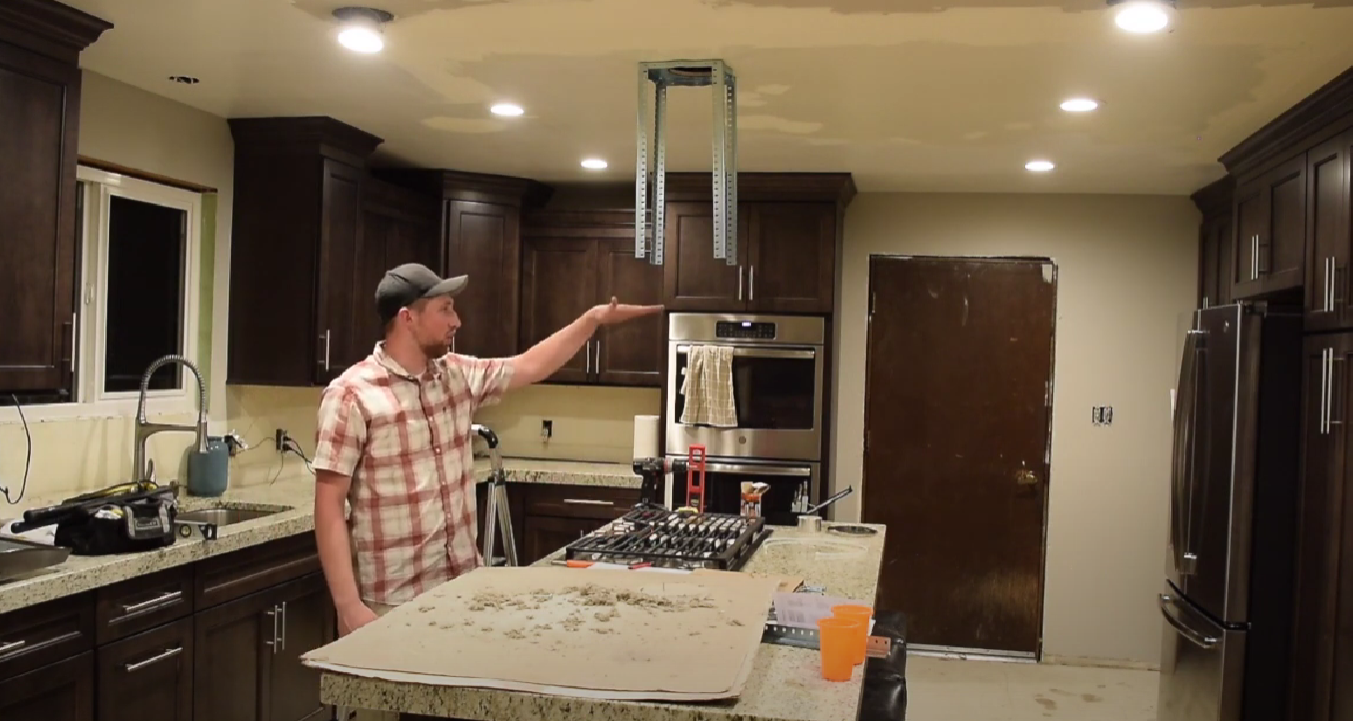
Island Range Hood Installation Cost
For island range hoods, the cost range for installation typically falls between $300 and $500. The overall cost depends on factors such as the size of the hood, the need for ductwork, and electrical wiring requirements.
Venting Options: Wall and Roof
Venting options for hood vents include venting through a wall or the roof. The cost of venting through a wall is generally around $500.
On the other hand, venting through the roof can cost between $200 and $300. Installing roof vents requires careful consideration and professional expertise to ensure proper sealing and waterproofing.
Range Hood Types and Costs
Types of Vent Hoods
There are various types of vent hoods available, each with its features and average costs:
- Under-cabinet Range Hoods: Under-cabinet range hoods are installed beneath a cabinet or shelf. They are the most common type of range hood and typically cost around $350 on average.
- Wall-mount Range Hoods: Wall-mount range hoods are mounted directly on the kitchen wall. They provide a stylish and functional solution with an average cost of approximately $350.
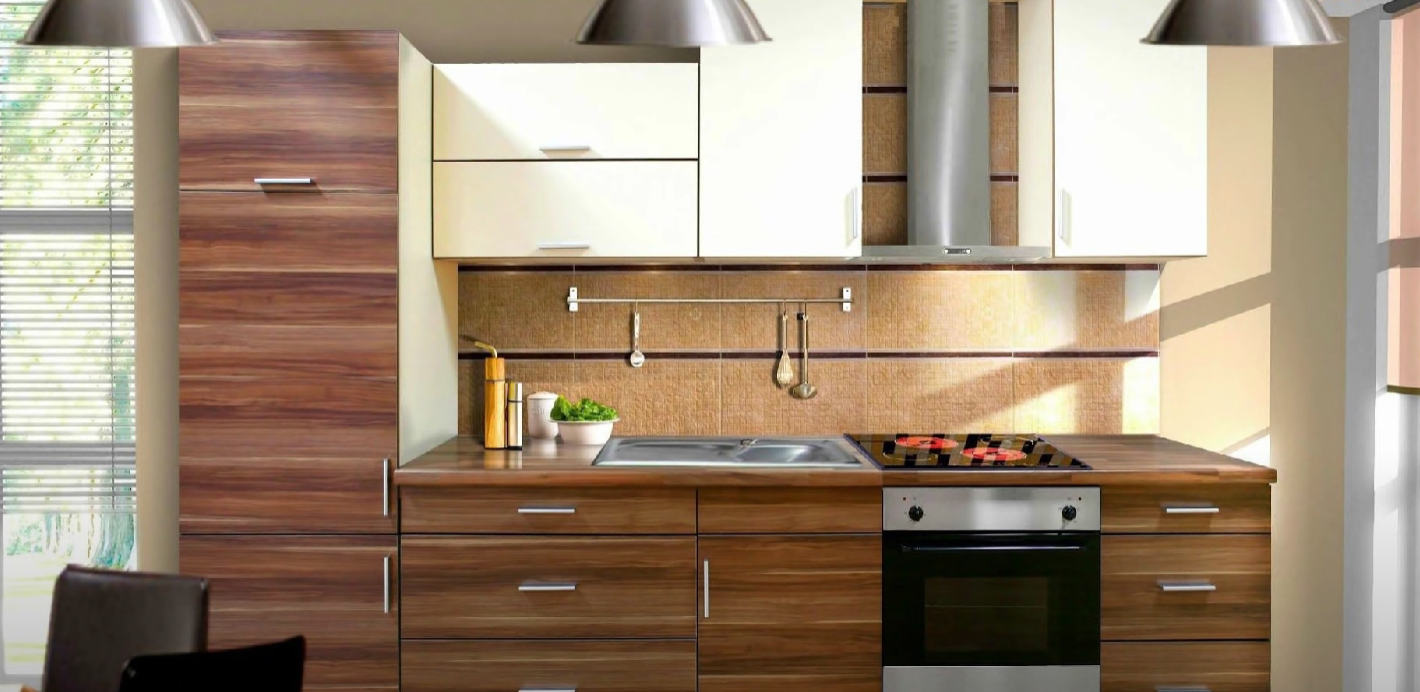
- Island Hoods: Island hoods are designed explicitly for kitchen islands and hang from the ceiling. They typically have a higher average cost of around $600.
- Cabinet Insert Hoods: Cabinet insert hoods are built into cabinetry, providing a seamless and integrated look. The average cost for this type of range hood is around $700.
- Downdraft Hoods: Downdraft hoods retract when not in use, allowing for a clean and unobstructed kitchen design. However, due to their unique features, they are pricier, with an average cost of $1,750.
Range Hood Exhaust Types and Costs
The range hood’s exhaust type significantly affects its functionality, performance, and cost. Understanding the different exhaust types available can help you decide when selecting a range hood for your kitchen. Let’s explore the three main types of range hood exhaust systems:
- Ductless Range Hoods
Ductless range hoods, also known as recirculating range hoods, operate by pulling in cooking fumes and passing them through filters before recirculating the air back into the kitchen.
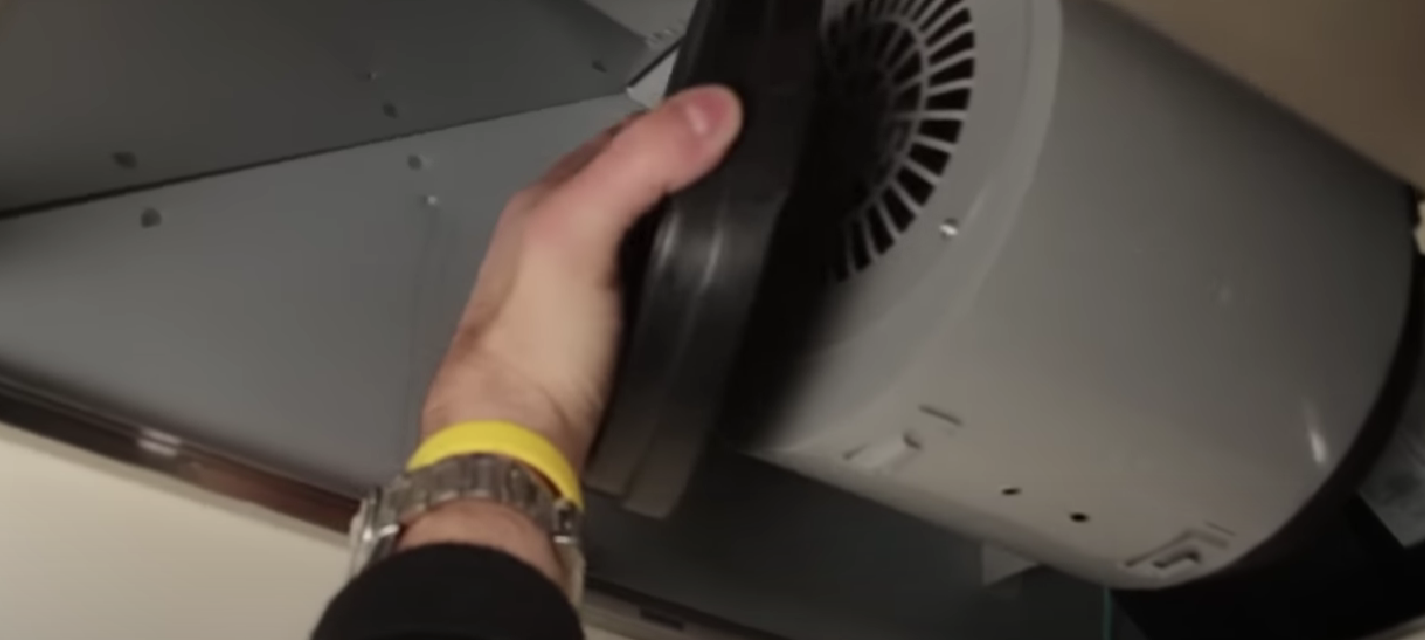
These hoods are suitable for kitchens where ductwork installation is challenging or impossible. They are relatively affordable compared to other exhaust types, costing approximately $100 to $300.
Ductless range hoods typically come with charcoal or carbon filters [1] that capture grease, smoke, and odors from the cooking process. The filters require regular maintenance and periodic replacement to ensure efficient performance.
While ductless range hoods provide some level of air purification, vented hoods may be less effective than vented hoods in removing pollutants and moisture from the kitchen environment.
- Vented or Ducted Range Hoods
Vented or ducted range hoods require the installation of ductwork to expel the captured air and pollutants to the outside of your home. They are the most effective option for removing cooking fumes, heat, grease, and odors from your kitchen.
The cost of vented range hoods varies depending on size, design, features, and brand. Vented range hoods can range from $100 to $1,000 on average.
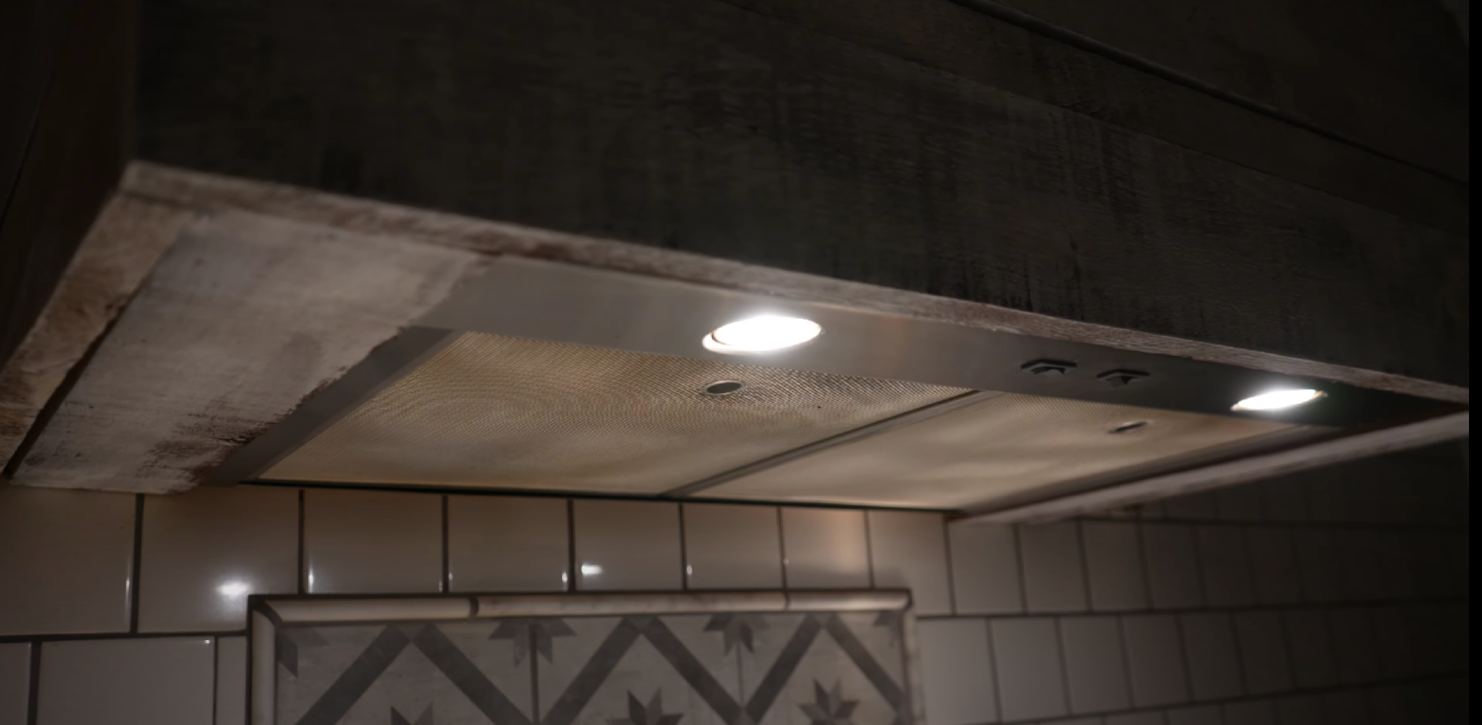
Installing a vented range hood involves routing the ductwork through an exterior wall or the ceiling to create an exhaust pathway. This installation process may require the expertise of a professional to ensure proper alignment, secure connections, and compliance with building codes.
The vented system provides more efficient ventilation, improves indoor air quality, and helps maintain a clean and comfortable kitchen environment.
- Convertible Range Hoods
Convertible range hoods offer the flexibility of being either ducted or ductless, depending on your kitchen’s specific requirements and the availability of ductwork.
These hoods allow switching between exhaust types, making them adaptable to different kitchen configurations. The cost of convertible range hoods generally falls within the range of $200 to $1,000, depending on the hood’s size, features, and brand.
A convertible range hood in ducted mode functions similarly to a vented range hood, expelling air and pollutants outside the kitchen through ductwork. In a ductless way, it utilizes filters to capture and purify the air before recirculating it into the kitchen.
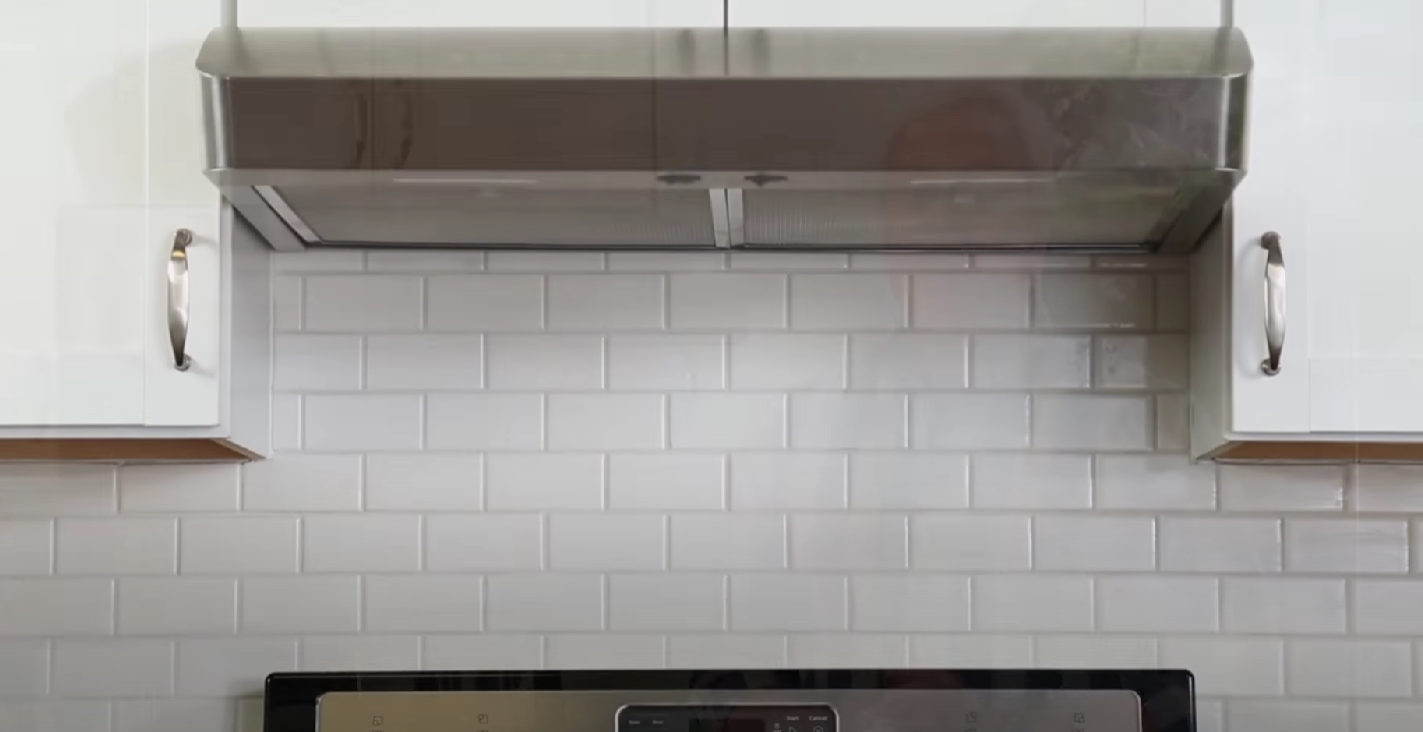
This versatility allows homeowners to choose the most suitable exhaust option based on their specific needs, making convertible range hoods popular.
Before selecting a range hood, consider factors such as your cooking habits, kitchen layout, and the overall ventilation requirements of your space. Assess the pros and cons of each exhaust type about your specific needs and budget.
Additionally, it’s essential to factor in the cost of ongoing maintenance, such as filter replacements for ductless range hoods. By carefully considering these factors, you can choose the range hood exhaust type that best meets your kitchen ventilation needs while staying within your desired price range.
Range Hood Prices by Finish
The finish of a range hood plays a crucial role in determining the overall aesthetics of your kitchen. Selecting a finish that complements your kitchen design and adds a touch of style to the space is essential.
Range hoods are available in various finishes, each with its unique look and cost implications. Let’s explore the average costs for popular range hood finishes:
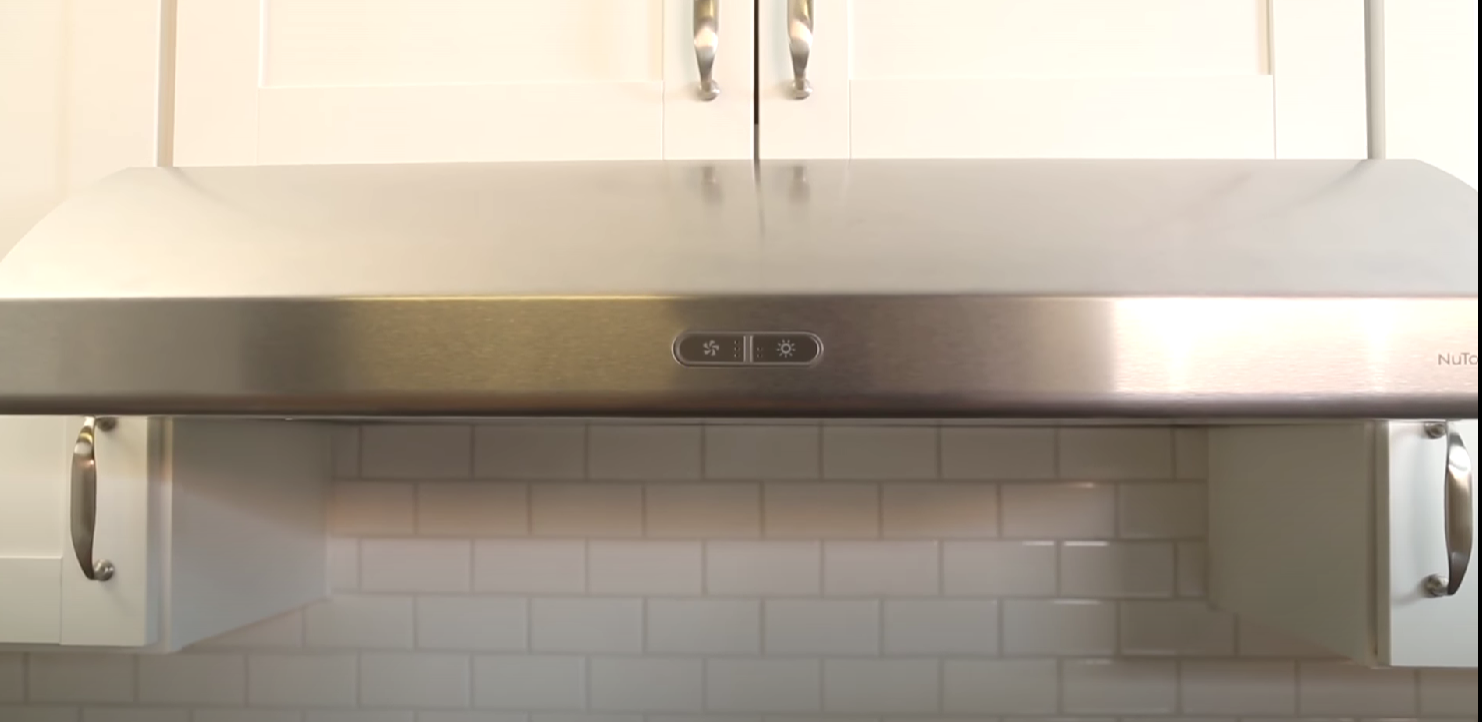
- Bisque: A bisque finish is a warm, off-white, or cream color that adds a subtle and inviting touch to your kitchen. Range hoods with a bisque finish are often priced at an average cost of around $250. This finish is an excellent choice for kitchens with a soft and elegant ambiance.
- Black: Black range hoods offer a sleek and modern appearance that can complement various kitchen styles. The average cost for a black-finished range hood is approximately $350. The black finish adds a bold and contemporary element to your kitchen while providing a striking contrast against lighter-colored cabinets or backsplashes.
- White: White range hoods are timeless and versatile, making them popular in many kitchens. A white finish exudes cleanliness, simplicity, and a sense of spaciousness. On average, range hoods with a white finish cost around $400. This classic color blends seamlessly with various kitchen color schemes and designs.
- Copper: Copper-finished range hoods bring elegance and sophistication to your kitchen. The warm tones and distinctive patina of copper create a focal point in the space. The luxury of copper comes with a higher price tag, with average costs of around $600. Copper range hoods add a sense of luxury and can elevate your kitchen.
- Oil-rubbed bronze: Range hoods with an oil-rubbed bronze finish offer a rich, dark brown color with subtle undertones of copper and black. This finish creates a luxurious and rustic ambiance in your kitchen. The average cost for an oil-rubbed bronze-finished range hood is around $700. It’s an excellent choice for kitchens with a traditional or vintage-inspired design.
- Stainless steel: Stainless steel range hoods are famous for their modern and professional appearance. This finish provides a sleek and clean look that complements various kitchen styles. On average, stainless steel-finished range hoods cost around $800.
- Glass: Glass-finished range hoods offer your kitchen a contemporary and sophisticated look. The smooth and reflective surface of the glass creates a sleek and stylish focal point. Range hoods with a glass finish often feature a combination of glass and stainless steel or other materials. The average cost for a glass-finished range hood is approximately $900.
Enhancements and Improvement Costs

Range Hood Lighting
Built-in lighting is a common feature in range hoods, providing improved visibility and ambiance in the kitchen. The cost implications of built-in lighting in range hoods can vary depending on the model and quality of the lighting components.
Kitchen Exhaust Vent Covers
Vent covers are essential for preventing backdrafts and keeping debris out of your kitchen. The cost range for vent covers typically falls between $20 and $100, depending on the material, design, and size.
Range Installation Costs
In addition to hood vent installation, installing a new range can incur additional costs. On average, installing a new range costs around $550. This estimate includes the removal of the old range and the installation of the new one.
DIY vs. Hiring a Pro
When it comes to hood vent installation, you can tackle the project as a do-it-yourself (DIY) endeavor or hire a professional. While DIY installation may appear appealing due to potential cost savings, it’s crucial to consider several factors before deciding.
The Complexity of the Job
Installing a hood vent involves several technical aspects, such as electrical connections, ductwork, and proper ventilation. The job’s complexity can vary depending on the existing infrastructure in your kitchen and the type of hood vent you choose.
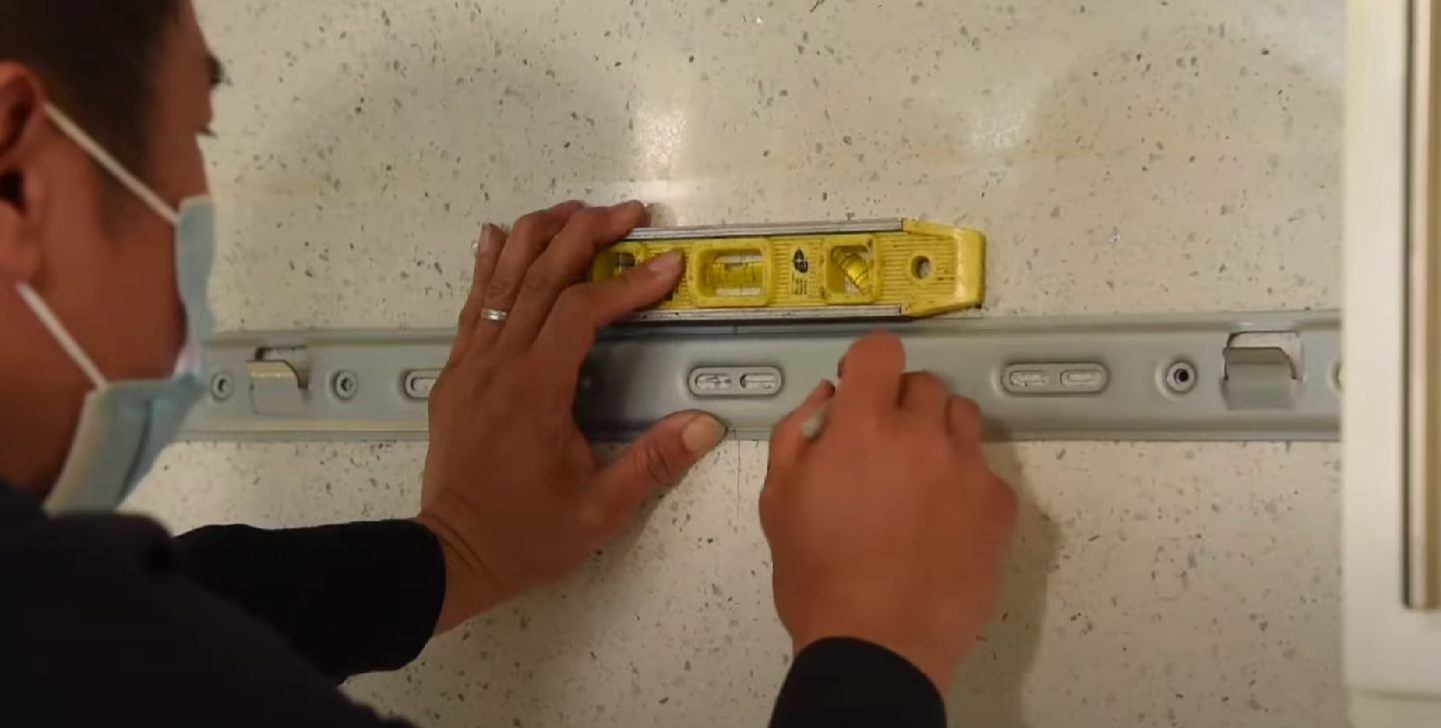
Assessing your skills, knowledge, and comfort level with handling these complexities is essential. You may feel confident in undertaking the installation yourself if you have experience and expertise in similar projects. However, seek professional assistance if you lack experience or are unsure about specific tasks.
Experience Level
Consider your familiarity with working on electrical systems, handling tools, and understanding construction principles. Properly installing a hood vent requires knowledge of electrical wiring, ensuring a secure attachment to the wall or ceiling, and correctly connecting the ventilation system.
If you have limited experience in these areas, hiring a professional with the necessary expertise and training is advisable.
Potential Risks
Improper hood vent installation can lead to various risks, including electrical hazards, inadequate ventilation, and compromised air quality in your kitchen.
A poorly installed vent can result in issues such as backdrafts, air leaks, or insufficient capture of cooking fumes and odors. These risks can impact the safety and comfort of your kitchen environment.
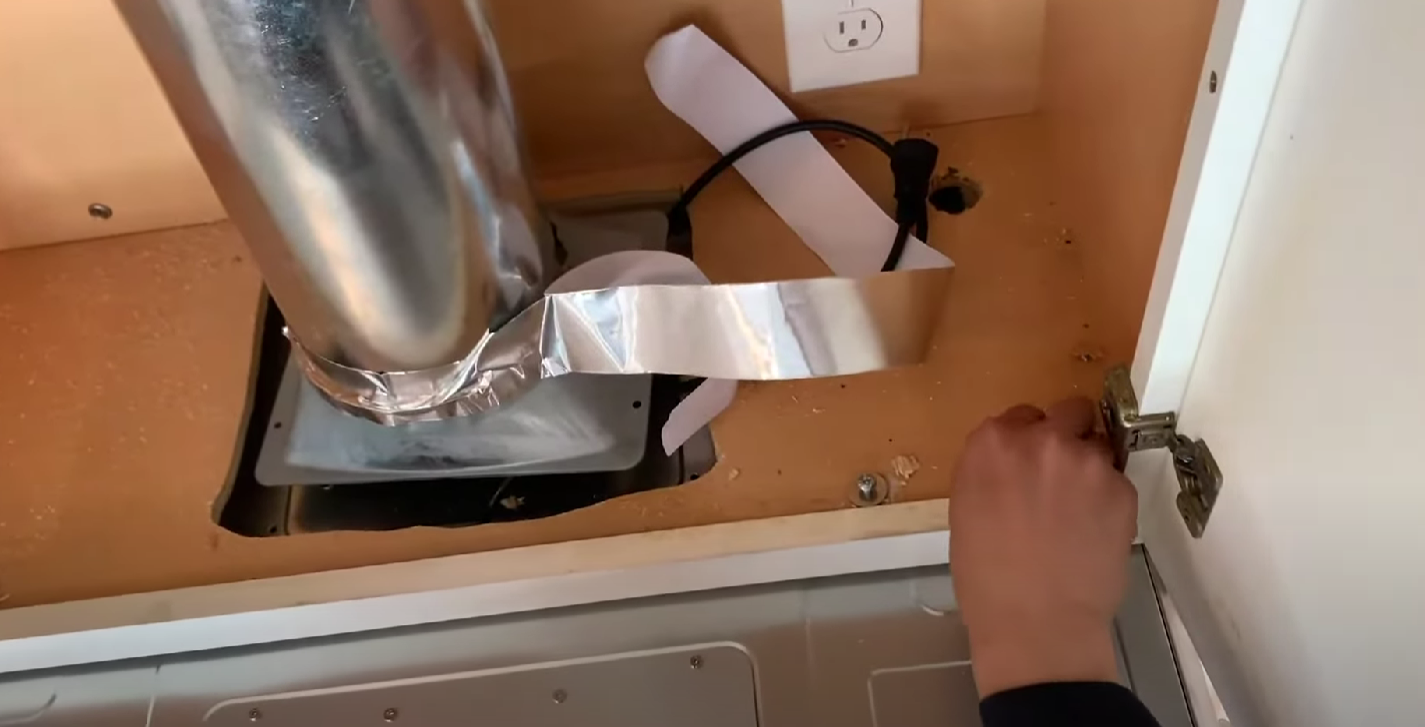
Professional installers possess the necessary skills and knowledge to mitigate these risks and ensure the optimal performance of your hood vent system.
Hiring a professional offers several advantages that shouldn’t be overlooked:
Advantages of Opting for Professional Installation Services
Proper Installation
Experienced professionals have the expertise to handle the complexities of hood vent installation. They can accurately assess your kitchen’s layout, determine the best location for the vent, and ensure a secure and stable structure.
Additionally, professionals know local building codes and regulations, ensuring compliance with safety standards.
Compliance with Building Codes
Building codes dictate specific requirements for hood vent installations, including electrical wiring, ductwork, and ventilation standards. Please comply with these codes to avoid legal issues or difficulties when selling your home.
Professional installers are well-versed in these codes and can ensure that your hood vent installation meets all necessary regulations.
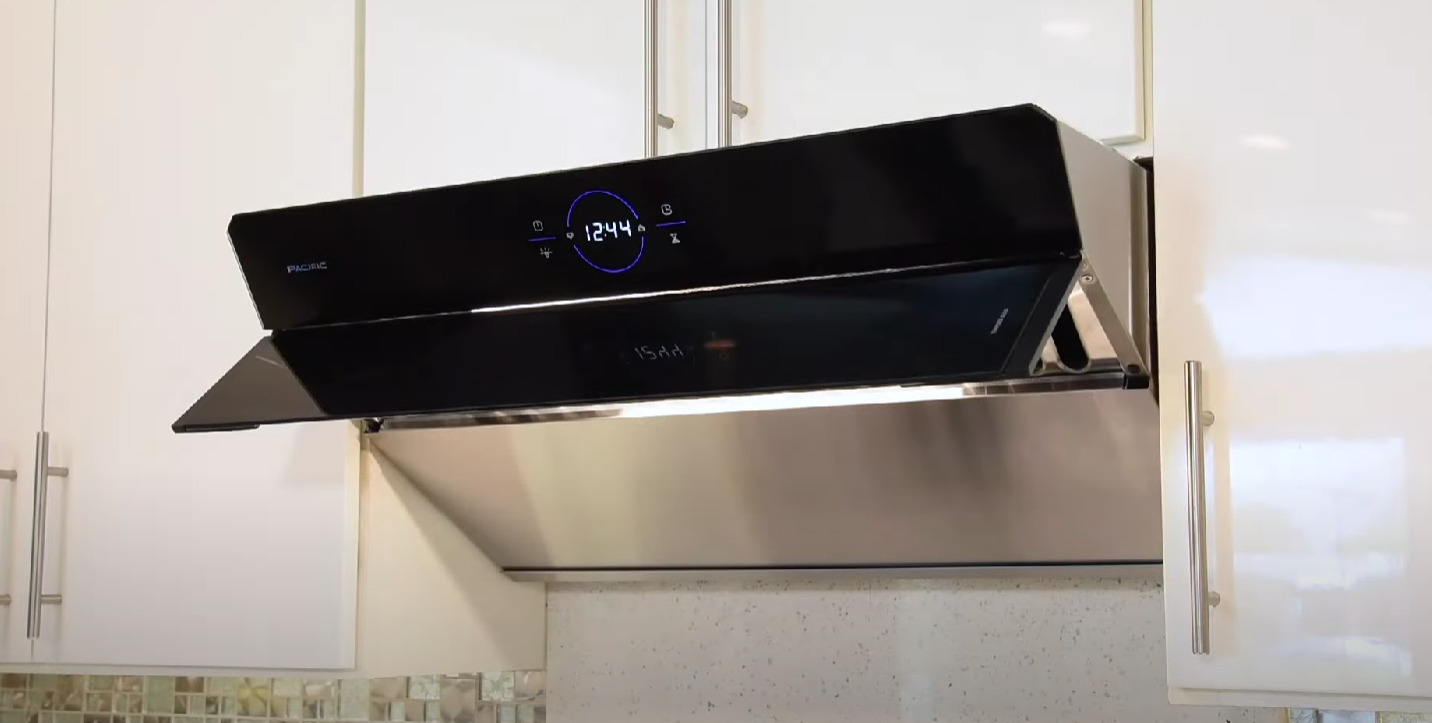
Optimal Performance
A professional installation guarantees that your hood vent will function efficiently. They will adequately connect the electrical components, ensure airtight ductwork connections, and verify the proper airflow and ventilation.
This attention to detail maximizes the performance of your hood vent, enhancing its ability to remove cooking pollutants effectively and maintain a clean and healthy kitchen environment.
Before making a decision, weigh the pros and cons carefully. Consider the complexity of the installation, your experience level, and the potential risks involved.
A DIY installation may be a viable option if you feel confident in your abilities and have the necessary skills. However, hiring a pro is highly recommended if you lack experience or expertise or want to ensure a professional and worry-free installation.

Investing in professional installation will provide peace of mind, efficient operation, and a safer and more comfortable kitchen space.
Conclusion
Installing a hood vent is a worthwhile investment in your kitchen’s functionality, cleanliness, and air quality. Understanding the various costs associated with vent hood installation allows you to budget effectively and make informed decisions.
Whether you replace an existing vent hood or install a new one, consulting with professionals and obtaining multiple quotes will help ensure a successful and cost-effective installation process.

